
How to Use KY-018: Examples, Pinouts, and Specs
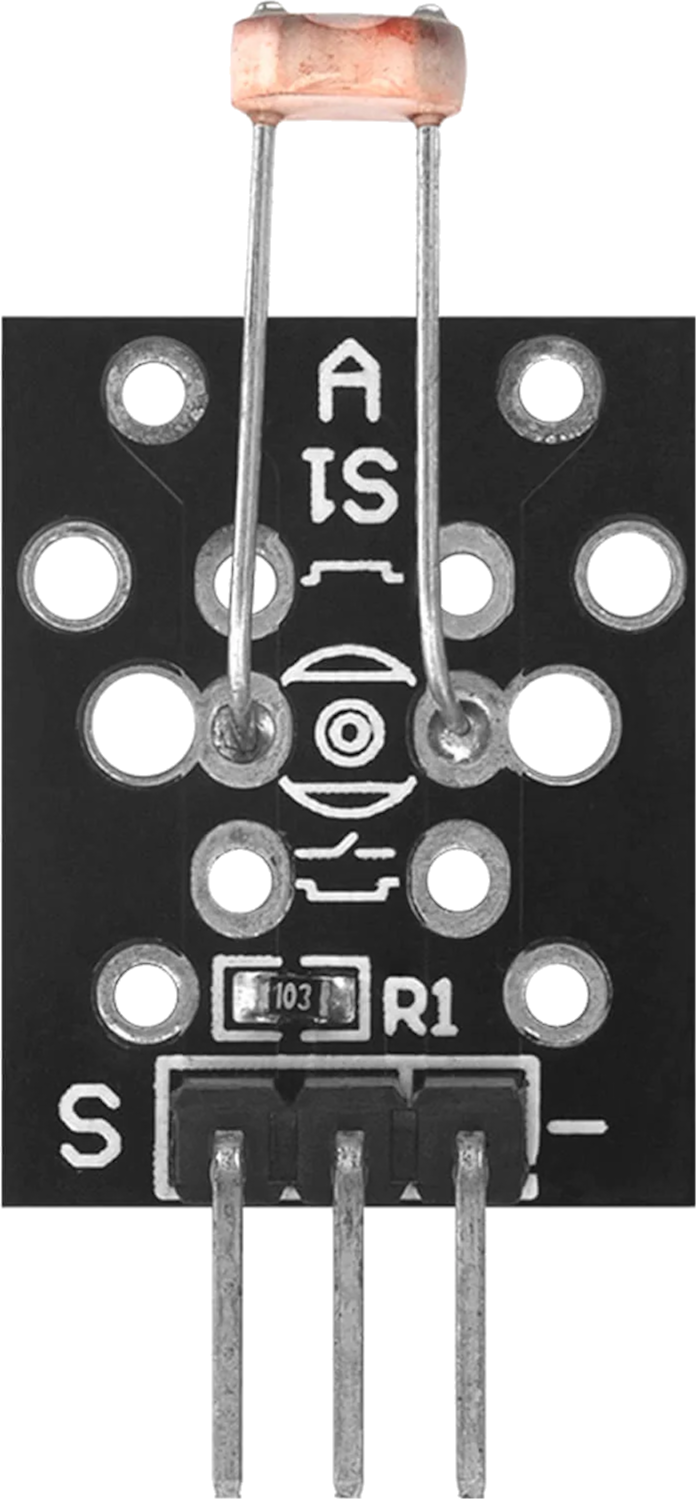
 Design with KY-018 in Cirkit Designer
Design with KY-018 in Cirkit DesignerIntroduction
The KY-018 Photoresistor Module by AZ-Delivery is an electronic component that functions as a light sensor. It contains a photoresistor, also known as a light-dependent resistor (LDR), which varies its resistance based on the intensity of light it is exposed to. This characteristic makes the KY-018 suitable for a wide range of applications, such as light level detection, automatic brightness control, and security systems.
Explore Projects Built with KY-018
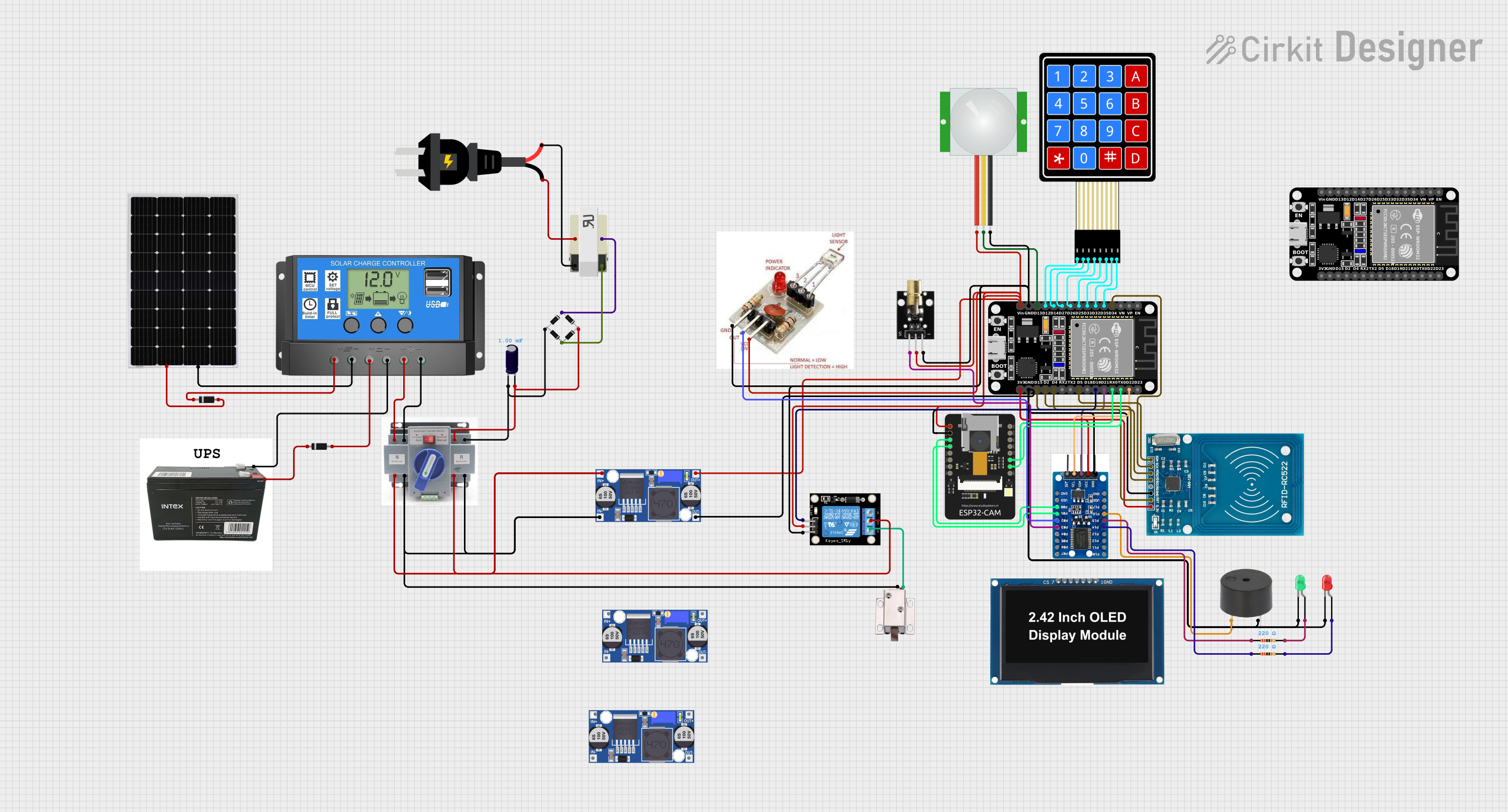
 Open Project in Cirkit Designer
Open Project in Cirkit Designer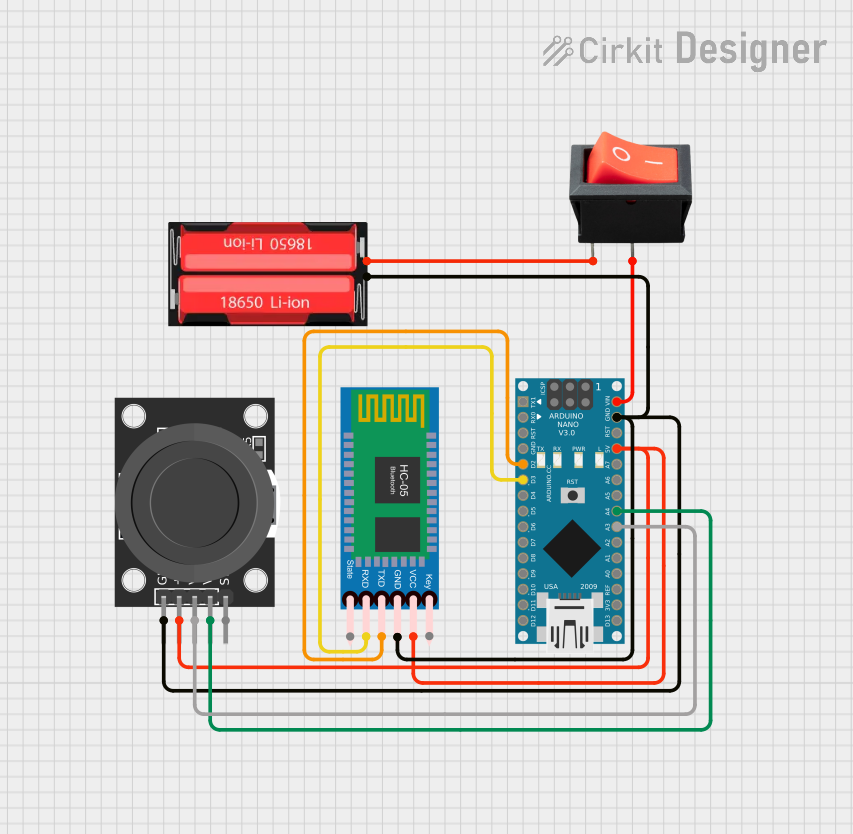
 Open Project in Cirkit Designer
Open Project in Cirkit Designer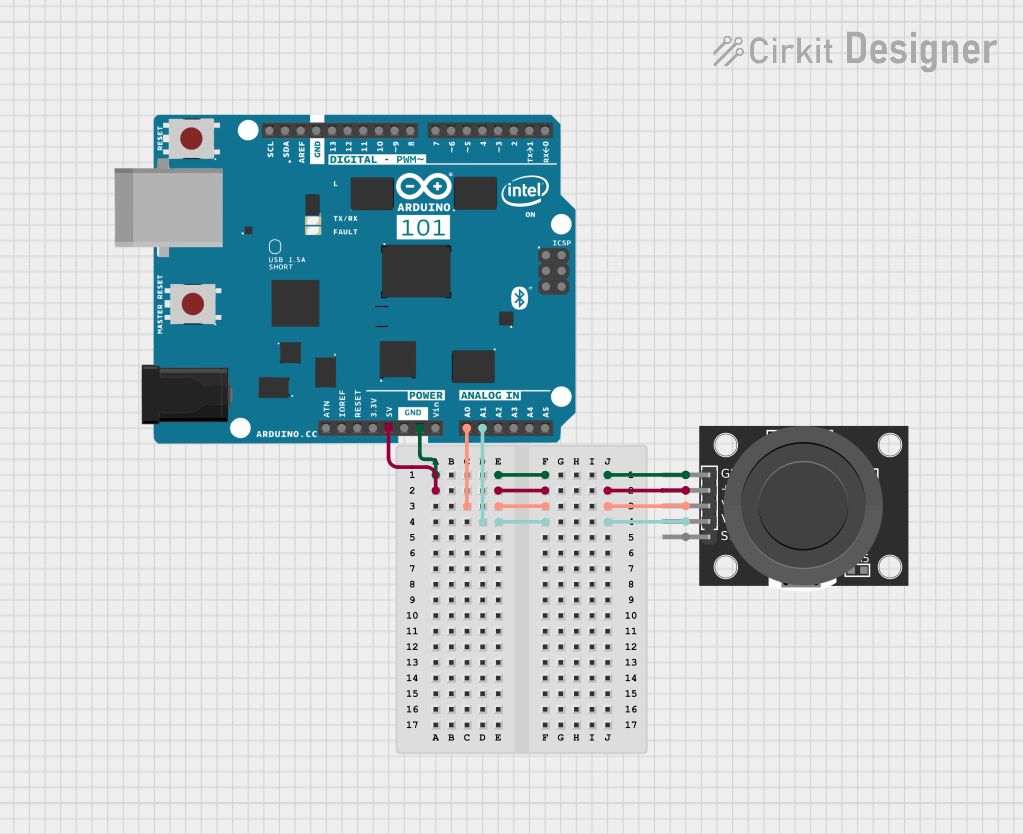
 Open Project in Cirkit Designer
Open Project in Cirkit Designer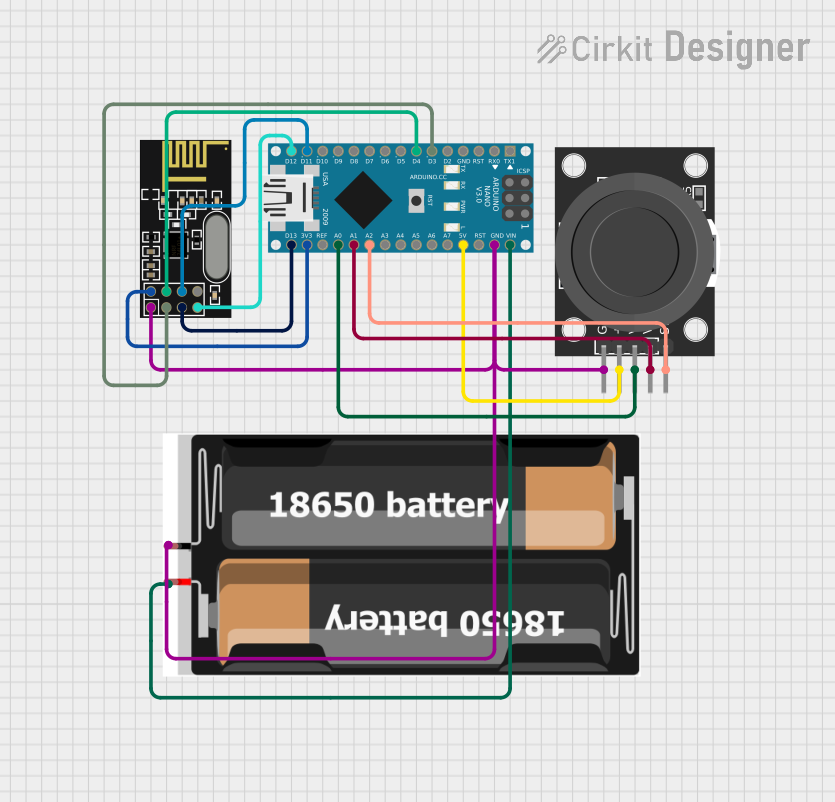
 Open Project in Cirkit Designer
Open Project in Cirkit DesignerExplore Projects Built with KY-018

 Open Project in Cirkit Designer
Open Project in Cirkit Designer
 Open Project in Cirkit Designer
Open Project in Cirkit Designer
 Open Project in Cirkit Designer
Open Project in Cirkit Designer
 Open Project in Cirkit Designer
Open Project in Cirkit DesignerCommon Applications and Use Cases
- Automatic lighting control (e.g., street lights that turn on at dusk)
- Light intensity monitoring for plant growth systems
- Alarm systems with light-triggered alerts
- DIY projects involving light sensing, such as a light-activated alarm clock
Technical Specifications
Key Technical Details
- Operating Voltage: 3.3V to 5V
- Output Type: Analog voltage corresponding to light intensity
- Sensitivity: Adjustable via onboard potentiometer
- Response Time: Typically <20ms
- Peak Wavelength: ~540nm
Pin Configuration and Descriptions
| Pin Number | Name | Description |
|---|---|---|
| 1 | VCC | Power supply (3.3V to 5V) |
| 2 | GND | Ground |
| 3 | A0 | Analog output (voltage proportional to light intensity) |
Usage Instructions
How to Use the Component in a Circuit
- Connect the VCC pin to the power supply (3.3V to 5V).
- Connect the GND pin to the ground of the power supply.
- Connect the A0 pin to an analog input pin on your microcontroller (e.g., Arduino UNO).
Important Considerations and Best Practices
- Avoid exposing the photoresistor to extreme light intensities that could damage the sensor.
- Use a pull-down resistor if you experience floating values when light is absent.
- Adjust the onboard potentiometer to calibrate the sensitivity of the module to your desired light threshold.
Example Code for Arduino UNO
// KY-018 Photoresistor Module example code for Arduino UNO
int sensorPin = A0; // Select the input pin for the photoresistor
int sensorValue = 0; // Variable to store the value coming from the sensor
void setup() {
Serial.begin(9600); // Initialize serial communication at 9600 bits per second
}
void loop() {
sensorValue = analogRead(sensorPin); // Read the value from the sensor
Serial.println(sensorValue); // Print out the value to the Serial Monitor
delay(200); // Wait for 200 milliseconds before reading the value again
}
Troubleshooting and FAQs
Common Issues Users Might Face
- Inconsistent Readings: Ensure that the module is not subjected to intermittent light sources or shadows that could cause fluctuating readings.
- No Output: Check all connections, especially the VCC and GND, to ensure they are secure. Also, verify that the board is powered correctly.
Solutions and Tips for Troubleshooting
- If you're getting erratic readings, try adjusting the onboard potentiometer to fine-tune the sensitivity.
- Ensure that the photoresistor is not directly facing a light source, as this could saturate the sensor and not give accurate readings of ambient light.
- If the sensor appears unresponsive, measure the voltage across the VCC and GND pins to ensure there is power to the module.
FAQs
Q: Can I connect the KY-018 to a digital input? A: Yes, but you will only get a HIGH or LOW signal depending on the light threshold set by the potentiometer.
Q: What is the range of light intensity the KY-018 can detect? A: The KY-018 can detect a wide range of light intensities, but the exact range depends on the resistance of the LDR and the calibration of the onboard potentiometer.
Q: How do I calibrate the sensitivity of the module? A: Turn the onboard potentiometer clockwise or counterclockwise while monitoring the analog output until you reach the desired sensitivity.
Q: Is the KY-018 waterproof? A: No, the KY-018 is not waterproof and should be protected from moisture to prevent damage.